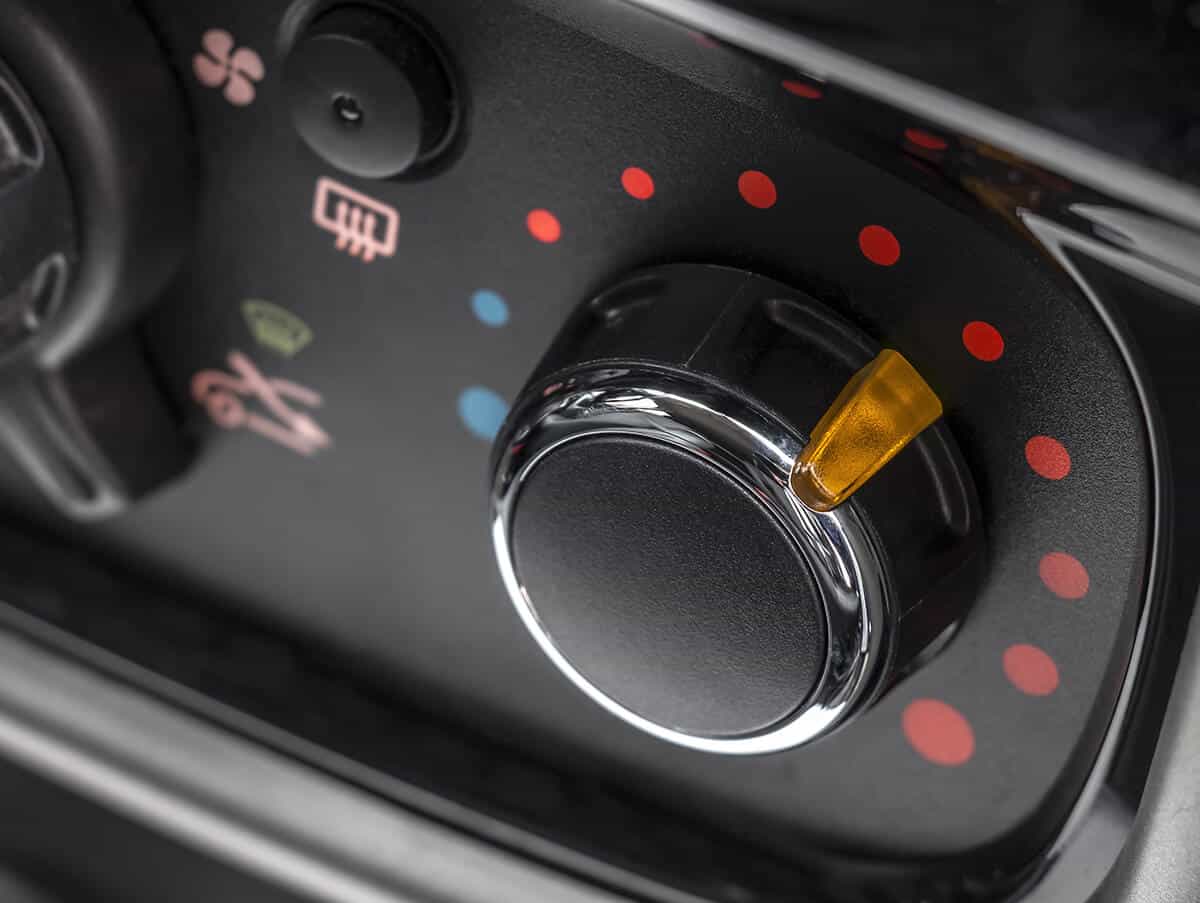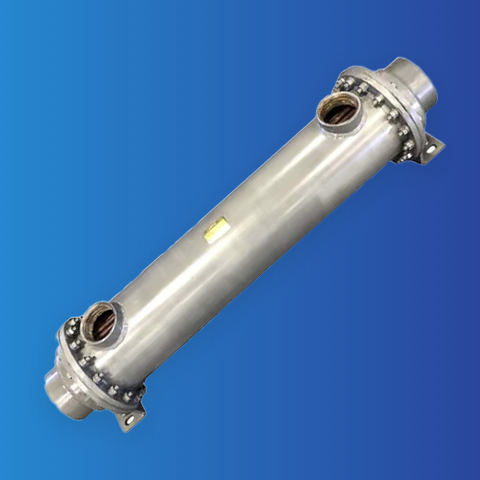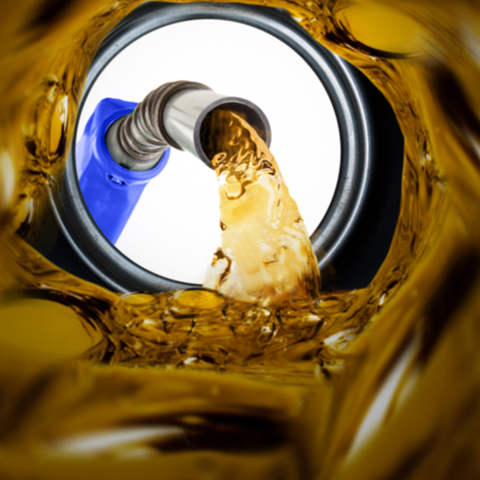Most people after they have purchased a car tend to really only take care of the outside, the appearance of the car and quite often the maintenance to keep it running smoothly is overlooked. You probably won’t think much of maintenance on your cooling system until issues arise.
Although its best to get your cooling system checked each year, some people may not do so until something starts to leak, overheat or during our cold winter months find they do not have enough heat, your vehicle’s heater may be the problem. If you aren’t sure you’re having cooling system problems, take a look at these common issues.
Typical Vehicle Heater Issues
If your heater is experiencing issues you may have one problem or a number of problems with your vehicle. Knowing the signs you need to replace your heater or radiator will save you from guesswork.
Issues with the heater core occur when the heater gets restricted or plugged up over time. This often happens internally with stop leak components, silicate drop out and other contaminates. It also happens externally with the outer fins from leaves and dust, etc that can build-up and prevents proper air flow through the heater.
A car’s blower fan is needed to give circulate hot air from the heater core to the inside of the vehicle. Once the fan is damaged, the altered system can no longer heat the inside as it once did.
Leaks are one of the common problems car owners see. The loss of coolant from the radiator, hoses and other areas of the engine will also cause a lack of heat in the vehicle as well as cause the engine to overheat. If the radiator, or hoses’s or other components of the cooling system leaks you may notice green, sweet-smelling fluid under the vehicle, this is a sign you needs repairs immediately.
Cooling system problems can start when your coolant level is low. When there’s little coolant, normal heat production needed to warm the core can’t be generated.
A bad thermostat or water pump may also be a cause. If it’s damaged or malfunctioning, the car won’t receive the signal to send liquid in the radiator.
The same problem exists when the water pumps fails. The weak pressure is unable to deliver coolant to the system.
When you have a rusty radiator the function is affected. Sometimes you may see the rust, other times you may not. Rust happens when fluid, metal, and air are combined and result in oxidation. This can damage the radiator and engine, causing holes or leaks in the cooling sysem.
Fixing Your Radiator Problem
If you have any of these signs mentioned earlier, you will know its time to either flush your cooling system or have your radiator repaired or get a new one altogether. If you take care of your car and make sure to upkeep on car maintenance, a flush may be all you need. Doing so will save you money in the long run.
Sometimes, the radiator is damaged to the point where it’s beyond saving. The only real way to know is to have your car inspected by a mechanic.
At this point, you need to replace the radiator. This is a smart move to do when you want to fix the problem and prevent matters from getting worse.
Extend the Life of Your Car
Checking your car and providing maintenance when you need it is necessary to extend the life of your vehicle. Ideally, you want to keep your car for years after purchase.
If there’s anything you can do on your own, such as changing the oil, rotating your tires or other simple maintenance items you should do it. If you know nothing about cars or experience more complex issues like with your vehicle’s cooling system or heater issues, feel free to contact us. We can help you with anything from parts to repair.











